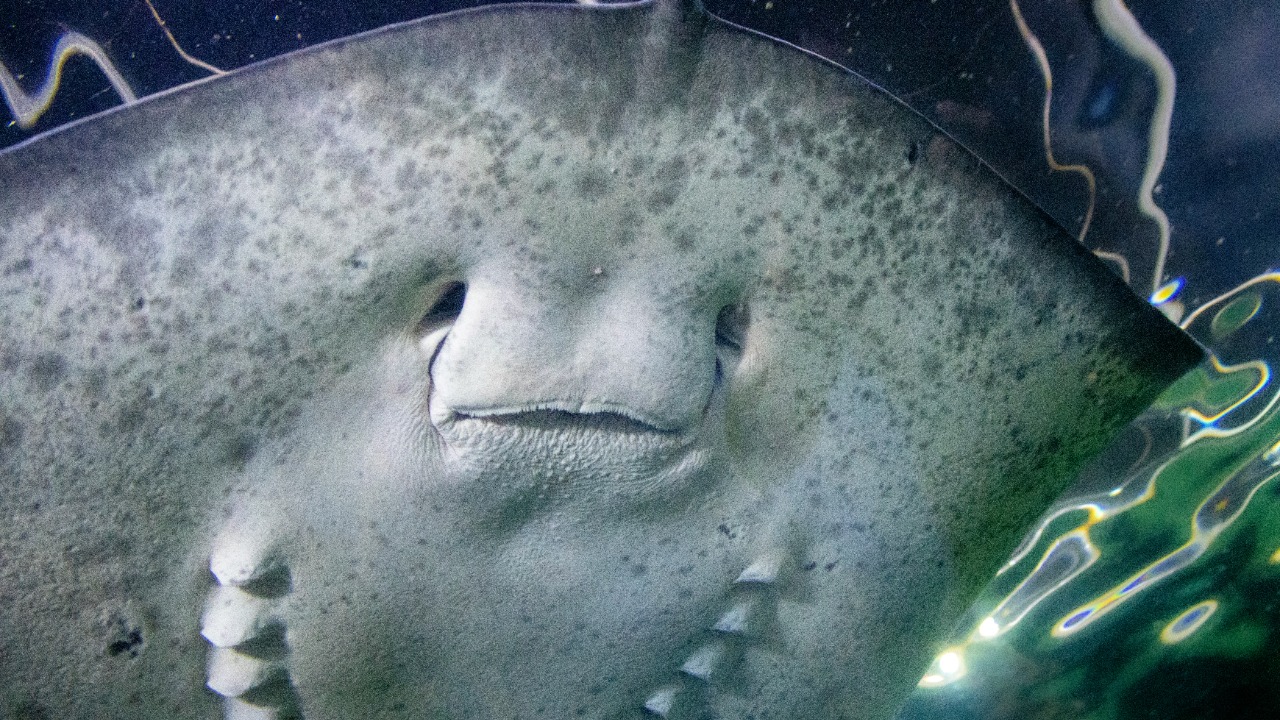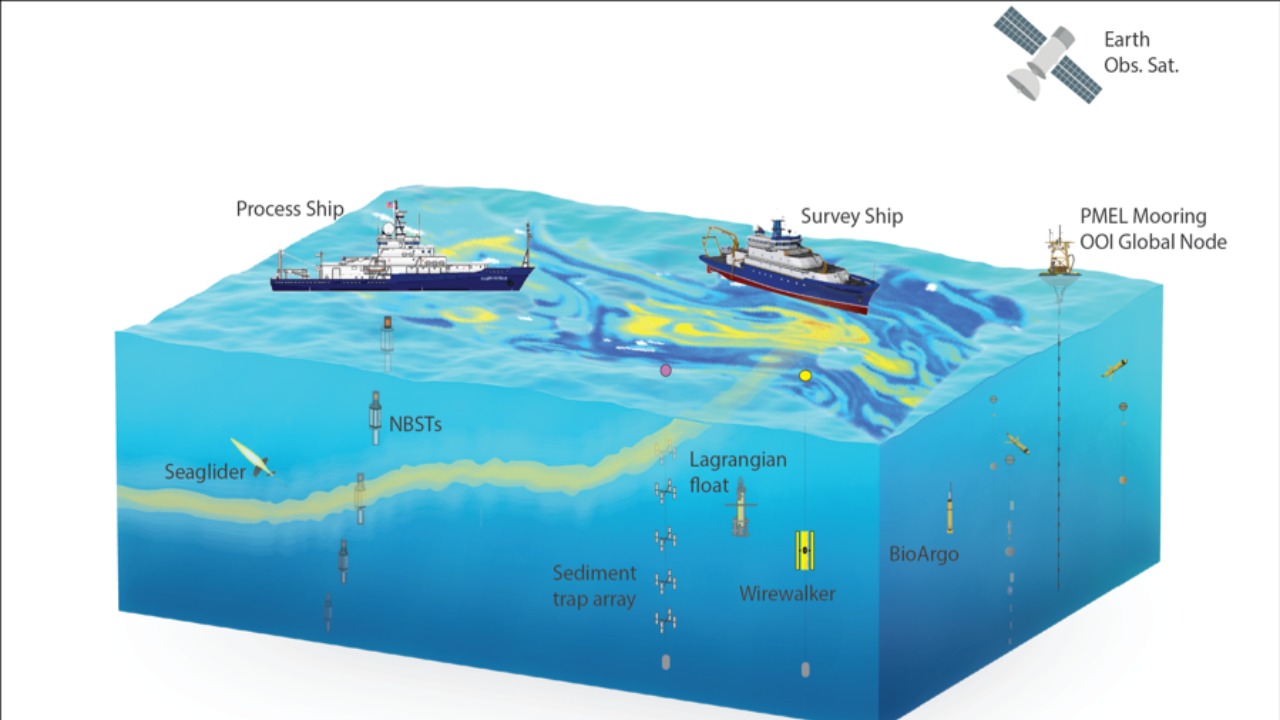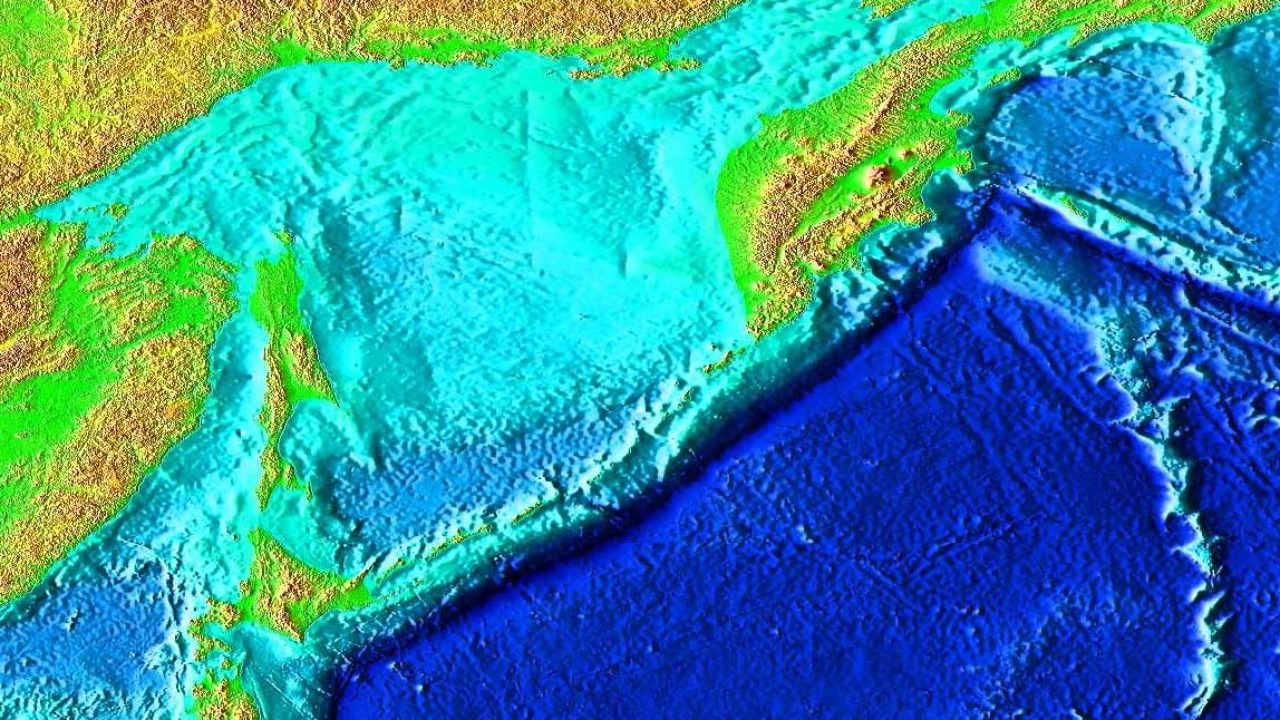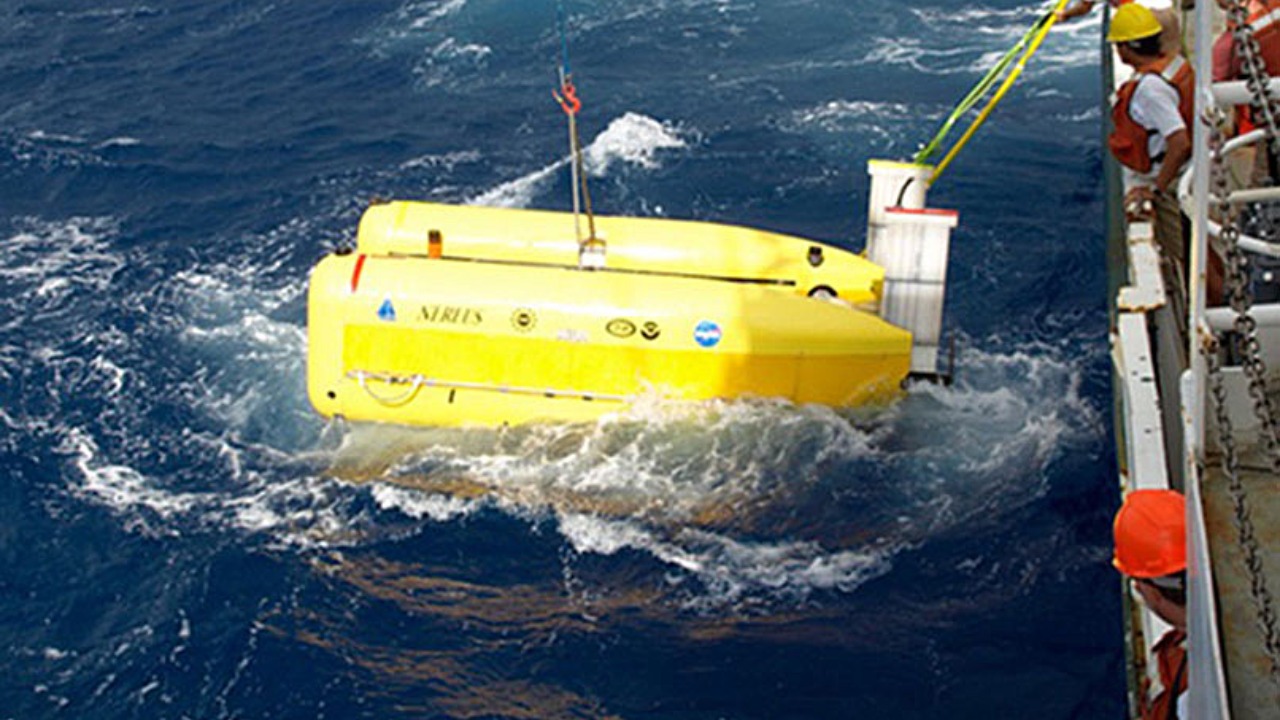
In a remarkable deep-sea expedition, Russian biologist Dr. Elena Petrova has unearthed a peculiar, gelatinous creature that has baffled the scientific community for over three decades. This elusive entity, bearing a striking resemblance to a translucent jellyfish with extended tentacles, was discovered in the depths of the Kuril-Kamchatka Trench, located near Russia’s Pacific coast. The creature was first sighted in 1989, but its blurry image left it unclassified until now.
The Expedition That Led to the Discovery

The 2025 research voyage, organized by the Shirshov Institute of Oceanology, ventured into the depths of the ocean, reaching 3,200 meters below the surface. It was here that the creature was filmed for the first time in high resolution. Dr. Elena Petrova, the lead biologist of the expedition, and her team utilized remotely operated vehicles (ROVs) equipped with 4K cameras to capture the specimen without causing any disturbance to its natural habitat. source.
Despite the challenges of extreme pressure and low visibility, the team managed to document the creature successfully. These obstacles, which have long hindered deep-sea exploration, were overcome through the use of advanced technology and meticulous planning.
Physical Characteristics of the Elusive Creature

The creature, with its translucent, bell-shaped body measuring approximately 1.5 meters in diameter, and bioluminescent tentacles extending up to 2 meters, glows in faint blue hues. Its unique features include internal symbiotic bacteria that may aid in nutrient absorption, as observed through the high-resolution footage. source.
While it bears some resemblance to known species like siphonophores, its distinct asymmetrical appendages set it apart. The creature’s morphology, combined with its unique characteristics, has left scientists intrigued and eager to learn more.
Historical Sightings and Scientific Evasion

The creature was first sighted by a Soviet research vessel in 1989 in the same trench. However, the grainy photos and equipment failure prevented the collection of samples, leaving the creature unclassified. Subsequent expeditions in 1995 and 2012, including a Japanese-led effort, failed to provide visual confirmation despite anomalous sonar readings. source.
The creature’s rare appearances and the technological limitations of deep-sea exploration until recent advancements have contributed to its elusive status. However, the successful documentation of the creature by Dr. Petrova’s team marks a significant breakthrough in marine biology.
Ecological Role in the Deep Ocean

The creature’s potential role as a top-level filter feeder in the nutrient-scarce abyssal zone of the Kuril-Kamchatka Trench is of particular interest. It preys on microscopic plankton, contributing to the ecosystem’s balance. Its bioluminescence may serve as a lure for smaller organisms or as a defense mechanism against predators. source.
This discovery could reveal undiscovered food web dynamics in extreme deep-sea environments, shedding light on the biodiversity of these largely unexplored regions. The creature’s unique role in the ecosystem underscores the importance of deep-sea exploration in understanding our planet’s biodiversity.
Classification Challenges and Naming Proposals

The creature’s unique characteristics present taxonomic hurdles, as it doesn’t fit into existing phyla. Dr. Petrova has proposed a new genus tentatively named “Abyssofantasma kurilensis” based on its ghostly appearance. However, DNA analysis from tissue samples, which the team plans to extract non-invasively from shed tentacles in future dives, is needed for definitive classification. source.
Dr. Petrova has stated, “This find rewrites our understanding of deep-sea gelatinous life; it’s like discovering a new branch on the tree of life.” This discovery indeed marks a significant milestone in the field of marine biology.
Broader Implications for Marine Science

The discovery underscores the vast unknowns in the deep ocean, with estimates suggesting over 90% of marine species remain undescribed. It also opens up potential applications, including insights into bioluminescent technologies or adaptations to extreme conditions relevant to astrobiology. source.
The success of the expedition has led to calls for increased funding for Russian deep-sea programs, as emphasized by the Shirshov Institute. The discovery of the elusive creature underscores the importance of continued exploration and research in these uncharted territories.
Future Research Directions

Follow-up missions in 2026 are planned to collect genetic material and observe behaviors over extended periods using autonomous underwater vehicles. Collaborative efforts with international bodies like NOAA are also underway to map similar creatures across global trenches. source.
However, conservation concerns have been raised, given the creature’s vulnerability to deep-sea mining threats in the region. As we continue to explore the mysteries of the deep sea, it is crucial to ensure the preservation of these unique ecosystems and their inhabitants.